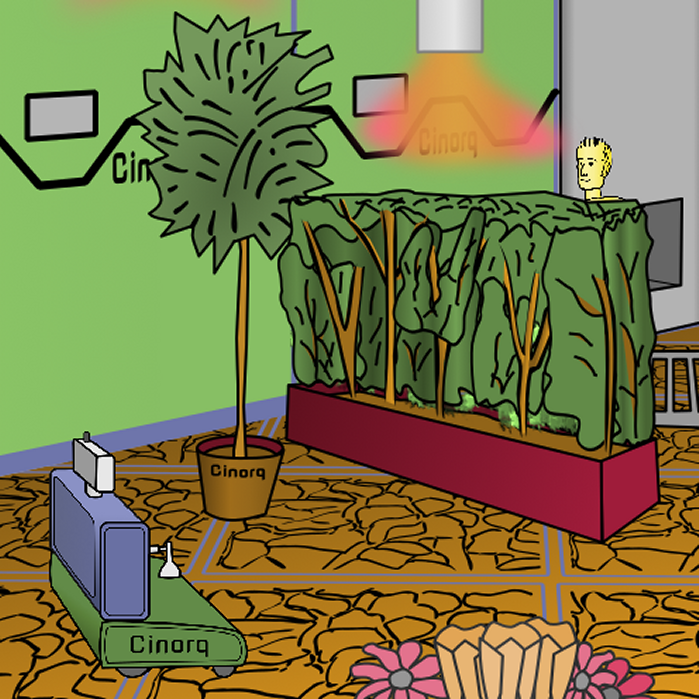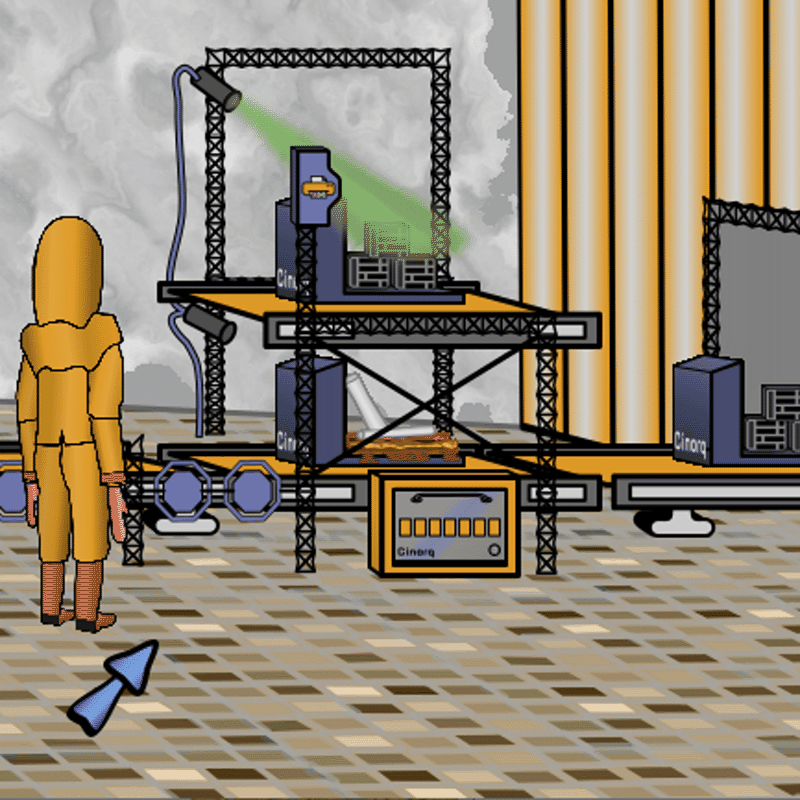Quote from: Wiggy on Sun 07/08/2022 05:53:08
… undocumented feature in chapter 2 …
Oops. I'd better fix this.
It make take a little while though: That particular adventure was written in AGS4, and last time I looked, AGS4 had become a bit shaky in several areas. AGS4 is still in alpha after all. I'm confident that this is only a transient phase.
As soon as I turn up a version that's stable enough to be used for a game again, I'll port my game to it and remove the
Quote from: Wiggy on Sun 07/08/2022 05:53:08
Great game though.
Thanks for the compliment!






